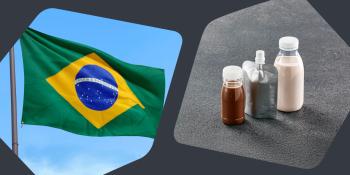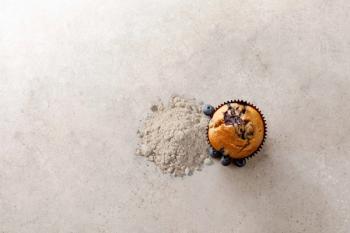
Goldenseal Bulletin Details Adulteration Threats
Goldenseal’s relatively high price makes it a prime target for adulteration from species including Japanese goldthread, Oregon grape, barberry, yellow dock, and more.
Adulteration threats facing goldenseal (Hydrastis canadensis) root and rhizome are front and center in one of the latest Botanical Adulterants Bulletins from the American Botanical Council (ABC; Austin, TX). The
“Goldenseal is one of the most consistently popular herbs sold in North America,” said Mark Blumenthal, founder and executive director of ABC. “Most goldenseal is wild-harvested and is considered a relatively high-priced medicinal plant, thereby lending itself to potential adulteration with undeclared lower-cost plant material by unscrupulous sellers.”
Michael Tims, PhD, academic director of herbal medicine at the Maryland University of Integrative Health (Laurel, MD), authored the goldenseal bulletin. Like the bulletins on grape seed, bilberry fruit, and skullcap before it, the goldenseal bulletin is part of the Botanical Adulterants Program-a joint effort by ABC, the American Herbal Pharmacopoeia (AHP), and the National Center for Natural Products Research (NCNPR). A total of 14 expert reviewers provided input on the goldenseal bulletin.
Known Adulterants
In addition to the high price point, habitat destruction has also posed a problem for goldenseal by decreasing its availability and providing an additional incentive for adulteration. Over the past 20–30 years, known adulterants for goldenseal include Japanese goldthread, yellow root, Oregon grape, celandine, barberry, yellow dock, and more.
A significant amount of goldenseal’s adulteration revolves around its characteristic yellow color, which is due to the presence of the alkaloid berberine, explained Stefan Gafner, PhD, chief science officer of ABC and technical director of the Botanical Adulterants Program.
“The abundance of other plant species, e.g., barberry (Berberis) or goldthread (Coptis) spp., containing this alkaloid have made it possible for unethical suppliers to find materials that can be passed on as goldenseal, even if the adulterating species are readily detected by commonly used chemical authentication methods,” said Gafner.
For instance, the bulletin investigates several techniques that have been developed to detect goldenseal adulteration, including various high-performance liquid chromatography and thin-layer chromatography methods.
“The cyclically high price of the commercial root over time has been an incentive for economic adulteration,” said Tims. “The difference now is the knowledge and methodologies shared in the Goldenseal Botanical Adulterants Bulletin makes prevention of such adulteration much easier.”
Read more:
Michael Crane
Associate Editor
Nutritional Outlook Magazine
Newsletter
From ingredient science to consumer trends, get the intel you need to stay competitive in the nutrition space—subscribe now to Nutritional Outlook.





